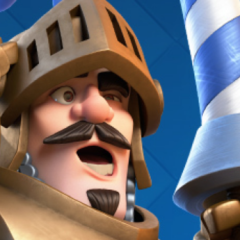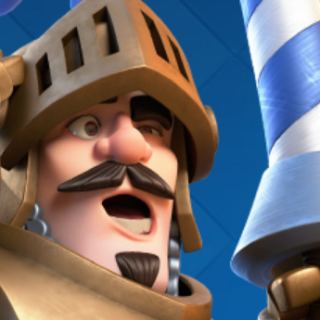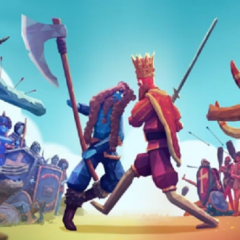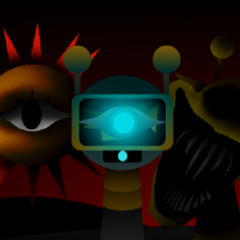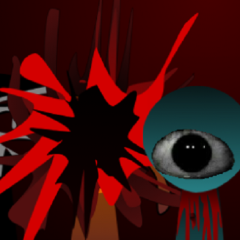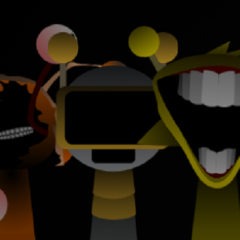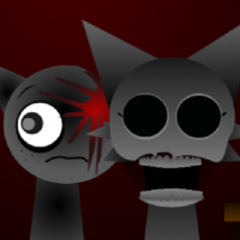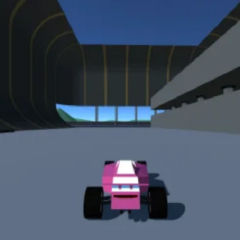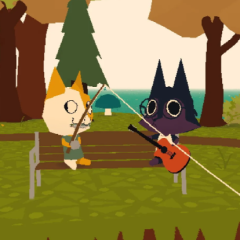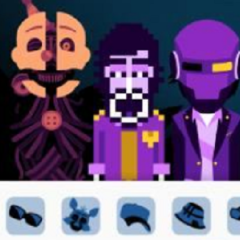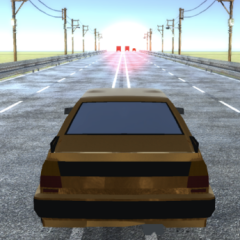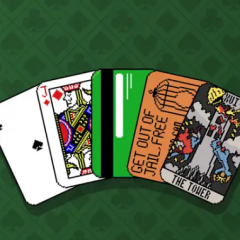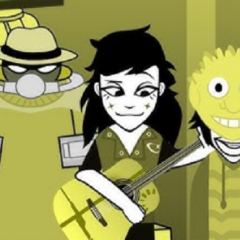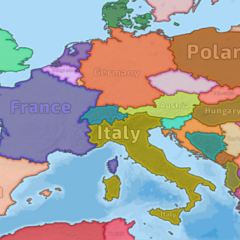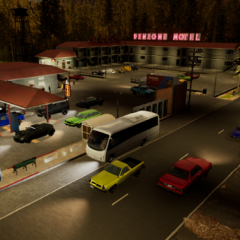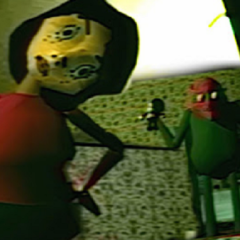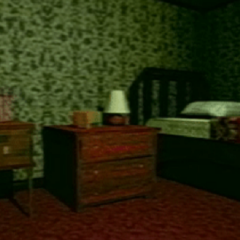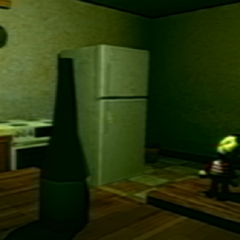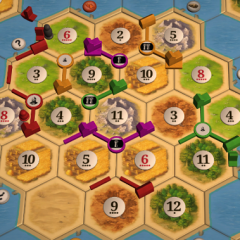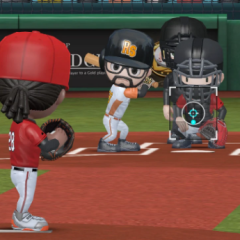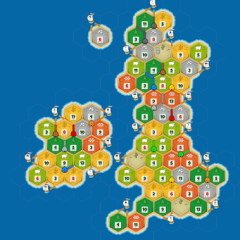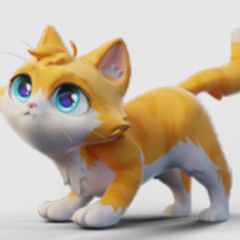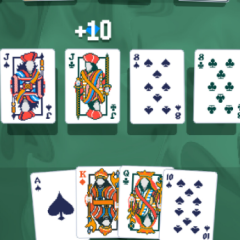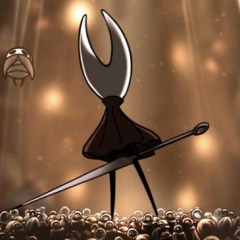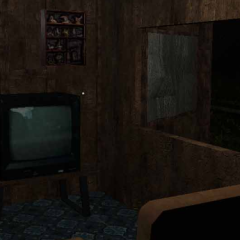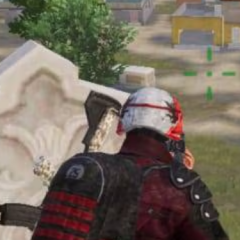Clash Royale Guesser is a deduction-based game centered on identifying a hidden Clash Royale card through logical analysis. Each round starts with one random card chosen by the system. The player makes guesses, and after every attempt, receives feedback comparing attributes of the chosen card with the secret one. These clues focus on objective data such as elixir cost, rarity, and type — troop, spell, or building. The goal is to interpret this information accurately, exclude impossible options, and find the correct card through reasoning.
How The Round Progresses
A standard game in Clash Royale Guesser begins with an initial guess that sets a reference point. Once the player enters a card name, the system evaluates its characteristics and indicates how it differs from the target. For example, feedback may reveal that the hidden card costs more elixir, belongs to a different rarity class, or serves another function within the game. With each guess, the range of potential answers becomes smaller. The process continues until all information aligns and the correct card is identified.
Logical Process And Strategic Thinking
The structure of Clash Royale Guesser requires observation and gradual elimination. Each piece of feedback builds a network of possible connections between cards. The player must think in patterns, using logic to determine which characteristics can coexist and which cannot. Over time, repeated play trains the ability to process data efficiently and build accurate conclusions.
A systematic reasoning method might include:
· Starting with a balanced card for maximum initial feedback
· Observing which traits differ most strongly between guesses
· Sorting cards by shared properties like cost or role
· Excluding all options that contradict confirmed data
· Verifying the correct card once all attributes match
This process transforms each round into an exercise in structured deduction, where accuracy increases with every decision.
Game Modes And Customization
Clash Royale Guesser exists in multiple versions that vary by format and feedback style. The daily mode provides a single global puzzle that resets every 24 hours, while the unlimited version allows free continuous play. Some adaptations use visual feedback such as color-coded hints or simplified symbols, offering alternate ways to analyze data. Regardless of the version, the principle remains the same — reasoning from evidence to conclusion.

